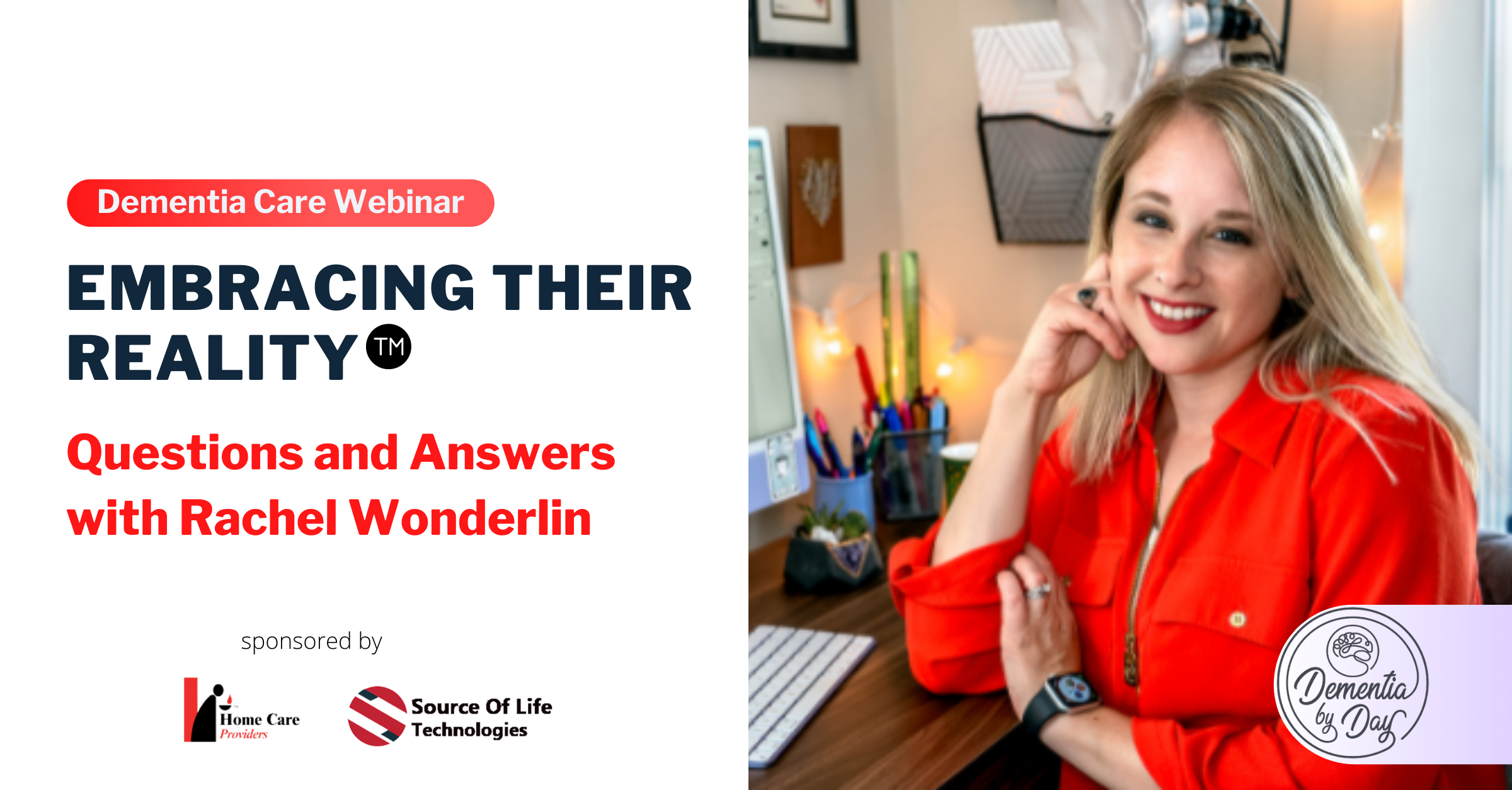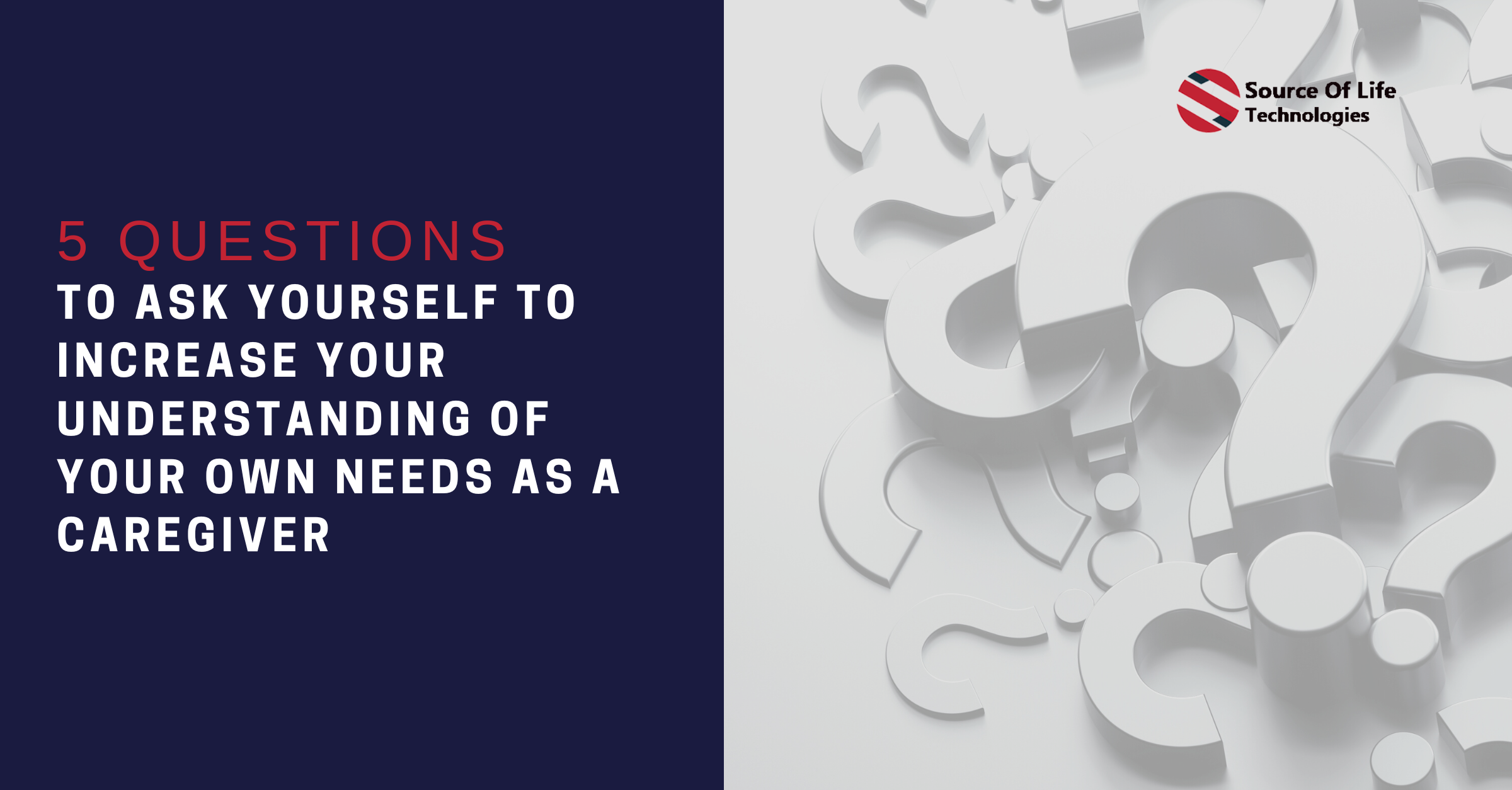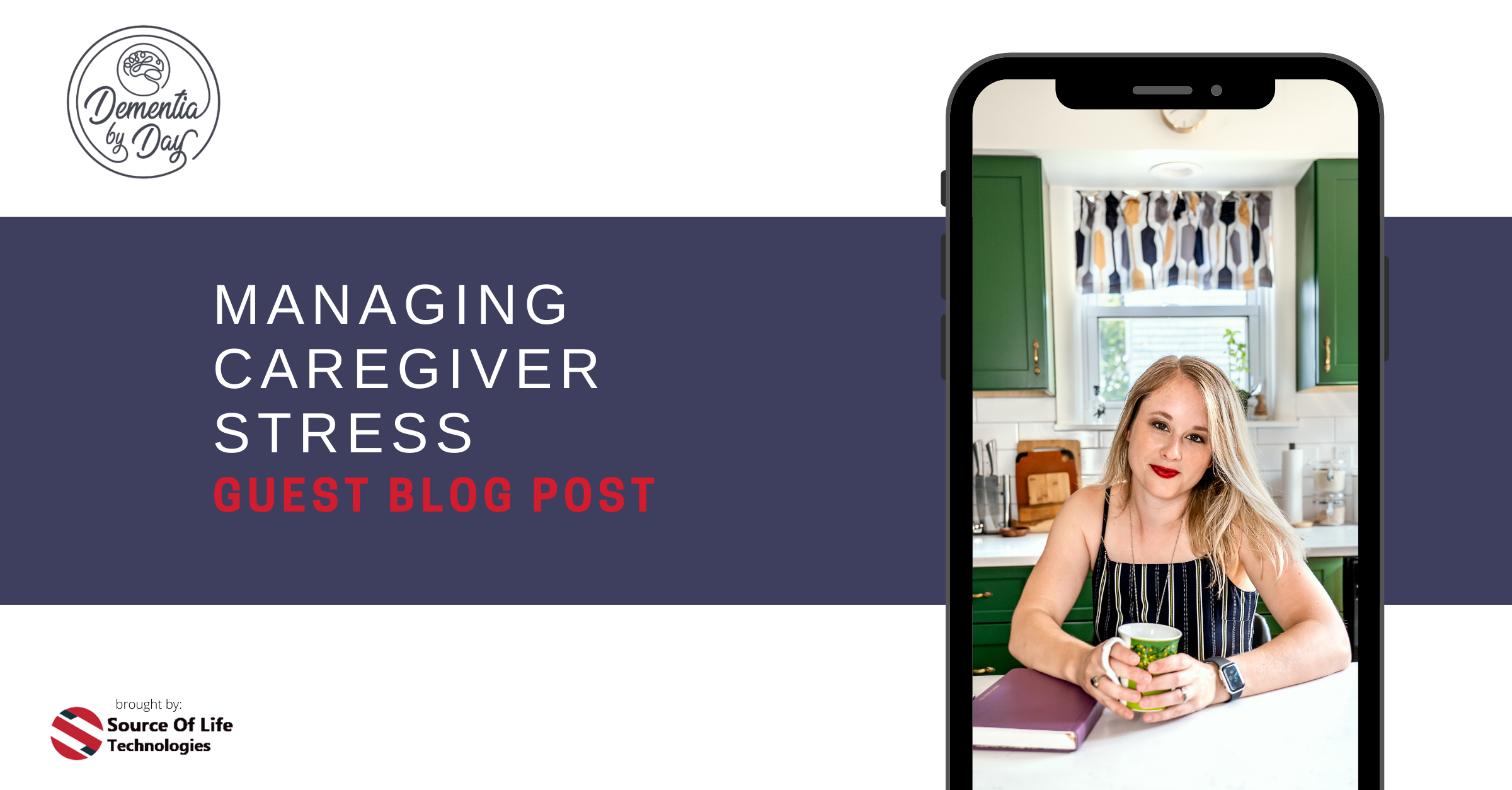Webinar Q&A | Embracing Their Reality

In collaboration with Rachael Wonderlin, Dementia By Day, Consultant to Source of Life Technologies
Did you have a chance to attend the recent webinar, “Embracing Their Reality” with Rachel Wonderlin, dementia consultant and owner of Dementia By Day? She received many questions and we felt it would be beneficial for her to answer them below in this Q&A style blog post.
If you weren’t able to join the webinar live, don’t worry - you can watch it on-demand here.
Why would you introduce a stuffed animal to someone living with dementia?
The simplest answer is this: providing “care” to something or someone—regardless of whether or not that person or thing is real—gives us a sense of accomplishment, importance, and usefulness. These are all feelings that people living with dementia may not often feel, because the disease makes it hard for us to give persons with dementia much independence. When we introduce a stuffed animal, we want to ensure that it looks and feels real enough. We also don’t want to go in with any expectations: ask the person living with dementia, “What do you think about this?” Go with whatever their answer is! If they don’t like it, there’s no harm: just reintroduce it in another few months and see if their response changes.
How do you Embrace Someone’s Reality?
When you Embrace Their Reality™, you understand that their reality has shifted and we need to go there with it. We get rid of words and phrases like, “therapeutic lying” and “white lies.” When you’re doing what’s true for them, you’re not lying! Use questions like, “Where do you think they are?” when a person living with dementia asks, “Where’s my mom?” Then go with their answer. Check out the webinar replay for far more on this topic.
What do I do when mom says she wants to go home? And she really wants to make plans?
I love this question because it enables us to get really creative. My favorite answer to this is what I told a woman who asked a very similar question about two years ago: can we look up her intended flight, pick the most expensive flight available, and then take a screenshot of that image? When mom wants to go home, can we pull up the screenshot and lament about how expensive the flight is? I have a feeling she’ll want to wait for a better price. In other words, we’re looking to put up roadblocks in her way, but not argue about whether or not she can actually go home.
Suggestions to encourage someone with dementia to utilize certain tools, like adaptive utensils, hearing aids, Mats?
Some tools, like Mat of Life, don’t actually require the person’s consent—and this isn’t a bad thing. Think about what tools you can implement that don’t require a change in their day or their agreement.
Beyond that, I recommend reframing the tool or the assistance: if it’s home care you want to bring in, tell mom that you really need help around the house. Make the home caregiver seem like someone that is coming in to assist you with cleaning or household chores.
Can I record a message from her doctor to remind her she does need this help?
Simple answer: yes. More complicated answer: it depends what the doctor is telling her. We don’t want to remind someone living with dementia that they have dementia, but we could have a doctor tell her that she needs to be “evaluated” for a physical ailment. We never want to talk about or blame dementia when a person doesn’t know that they have dementia. So, if the doctor is creating a “reminder” that she is staying in her assisted living community because she’s “being evaluated for her knee issues,” then that’s fine.
How much do we engage someone in their hoarding situation?
This is a tricky question, because it brings in another element and a whole other dimension. Hoarding is a challenging behavior to begin with, but when someone also has dementia, we need to be really careful how we address it. We never want to hide or move things out of a hoarding situation without the person who is hoarding present. This could cause a massive eruption and emotional breakdown by the person who is hoarding. I recommend bringing in outside help (regardless of whether or not the person is living with dementia) such as a professional organizer who specializes in hoarding behavior. These professionals have the experience and expertise to help us.
Are you harming them by taking away their independence?
Unfortunately, we have to take away some independence from people living with dementia due to safety reasons. Many of us think about driving our cars as a means of maintaining independence, but we know that people living with dementia shouldn’t be driving. It’s not that we are “harming” someone by “taking away their independence,” but that we are protecting them from certain elements of living they can no longer do safely. We do want to ensure that they are given other ways to feel independent: caring for a baby doll or stuffed animal, feeding themselves even if it’s messy, picking out their own clothes, or any number of other small things that help us to feel self-efficient.
If you have questions about strategies you are wanting to implement to your senior caregiving, reach out to us at info@matoflife.com.
If you want more information on dementia caregiving and missed the webinar, don't forget you can access it at anytime!
From senior care fall strategies to online engagement and mobile app opportunities, healthcare shouldn’t be reactive - it should be proactive.
Doors have been opened to on-demand healthcare and it turns out the overwhelming majority of patients, physicians, families and therapists want to continue down that path. The decision to modernize your senior care strategies is a big one and doesn’t happen overnight.
Talk to the Source of Life Technologies team for the guidance and direction you need to make the change in your organization or home.


